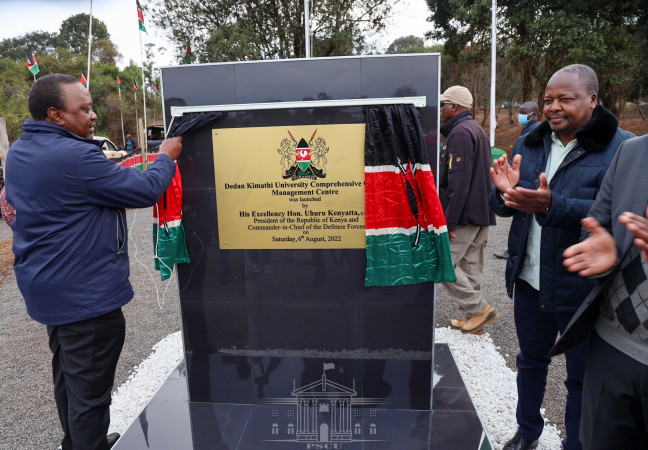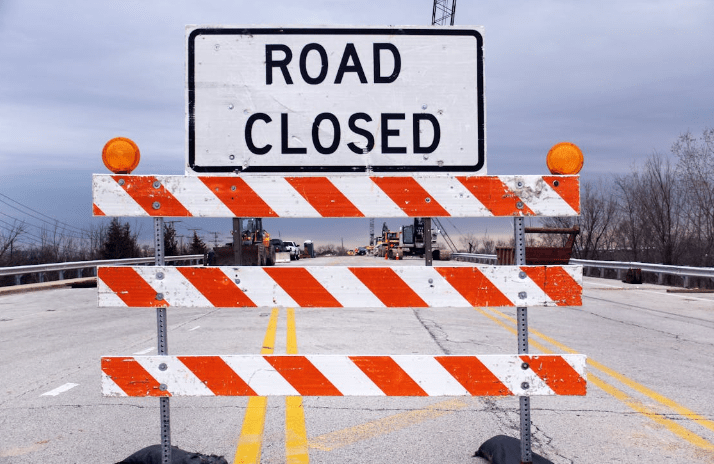Uhuru holds key to reopening of economy after three months

President Uhuru Kenyatta occupies the unenviable position of making the big decision on whether or not to reopen the economy amidst strong signals of a possible surge in the Covid-19 cases.
It is certain to be a delicate balancing act for the President as he juggles between protecting lives and jump-starting an already battered economy that has rendered thousands of Kenyans jobless and left families without sources of livelihood.
Uhuru will also be confronted with the reality of seemingly fatigued Kenyans who have let the guard down, routinely violating the safety protocols spelt out by the health ministry even as the numbers of cases continue to rise.
Yesterday, CAS Rashid Aman announced that Kenya had recorded 309 new cases, bringing the total tally to 7,886.
He warned that Kenyans have continued engaging in life-risking behaviour by breaking the guidelines such as organising parties and crowding in public places while transport operators were carrying more passengers than required.
“We have observed that many of our people are going about their everyday activities as if we are in normal times.
There are still illegal gatherings like house parties in various counties with people paying no regard to the need of physical distancing or wearing masks,” he observed.
Opinion is sharply divided over whether the President should open up the country, with medics pushing for an extension of the restrictions while members of the business community have been rallying for re-opening of the economy.
In the much- awaited address today, the President is expected review the 9pm-to-4am curfew, cessation of movement in and out of Nairobi and Mombasa, ban on religious gatherings, closure of schools and banning of international travel, among other measures.
The biggest headache is the anticipated surge of Covid-19 cases in rural counties which have weak health facilities as a result of the expected massive movement of people to those regions from Nairobi and Mombasa, which have the highest concentration of cases.
The President has challenged each county to set up fully equipped 300 isolation beds in preparedness for the surge.
The other factors to be considered include, the number of deaths, a drop of infections which seems a remote possibility, the economy, compliance with social distancing protocols in public transport, offices, and places of worship.
Others are availability of masks and sanitisers as well as clean running water to most families and public institutions.
In order to open up the economy, Uhuru has said the healthcare system must be prepared adequately; infections must be contained and reduced, adding that capacity for contact tracing should also be accelerated. It is worth mentioning that most counties seem to have failed to meet 300-bed directive.
“County readiness to respond to new imported cases of infection will largely determine our national readiness to re-open the country as a whole,” President Kenyatta said during a virtual meeting with the Council of Governors (CoG) on June 25.
“I say this because the nation is the sum total of all the 47 counties. If the counties have met the necessary thresholds, then the nation will be ready to re-open,” he said. He hosted the meeting to assess the level of county preparedness.
So far, the grim reality is that only 12 counties had by last week managed to set aside the 300-bed isolation wards. This translates to about 7, 000 beds against a national target of 30, 500.
Mombasa, which is one of the counties badly hit by infections, tops the list with 432 isolation beds and 12 Intensive Care Units (ICU) followed by Machakos with 378 beds and nine ICU beds. Kiambu (325) and Murang’a (305) have the highest number of ICU beds with 24 and 35.
Other counties in this category are: Makueni (312 beds), Vihiga (300), Homa Bay (300), Nyeri (340), and Kericho (318). Kilifi, Nandi and Kisii counties have also met the target.
Those at the bottom of the table are Kirinyaga (14 beds), Siaya (19), Narok (30), Lamu (30) and Kitui (34).
According to COG chairman Wycliffe Oparanya, about 700 healthcare workers and 1, 614 community volunteers had been trained on Covid-19 management in 30 counties by last week. “This will enhance the response measures at the county level,” he said.
“We call upon the ministry of Health to avail testing reagents and sample collection kits; and fast-track engagements with the border counties to agree on the testing protocols to avoid difference in test results,” said Governor Oparanya.
Yesterday, Nakuru Governor Lee Kinyanjui cautioned residents to be extra vigilant, saying there was a sharp increase in infections in the area in the past few days.
“This is a worrying trend that will require deep personal reflection by all,” he said.
“If we audit our personal behaviour and attitude, we can manage the spread of the disease. As daily national cases hit new records, it is clear the worst is yet to come,” said Kinyanjui.
Kenya Medical Practitioners and Dentists Board (KMPDB) executive officer Daniel Yumbya said it is high time the Presidents lifted the containment measures put in place as a majority of Kenyans were suffering.
According to him, Kenyans should instead take seriously the precautionary measures given to them to prevent the spread of the disease.
He said: “If everybody took seriously the measures to put in place I don’t see why we should not re-open the economy. As a council our advice is for the President to re-open the economy.”
Prof Omu Anzala of the University of Nairobi said that they are prepared for whatever directive that the President will issue today. “We are prepared, counties have done the much they can.
However, how well and how poorly we are will depend on how each and every individual adheres to the measures put in place regardless of what the President say,” he said.










